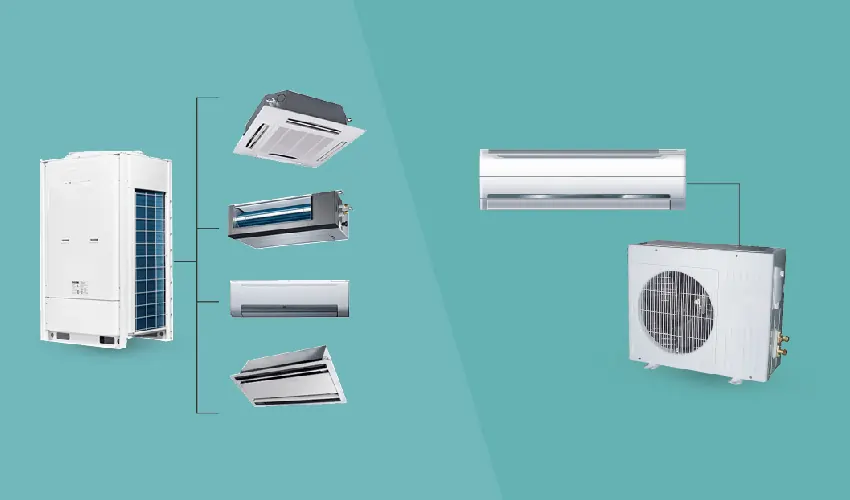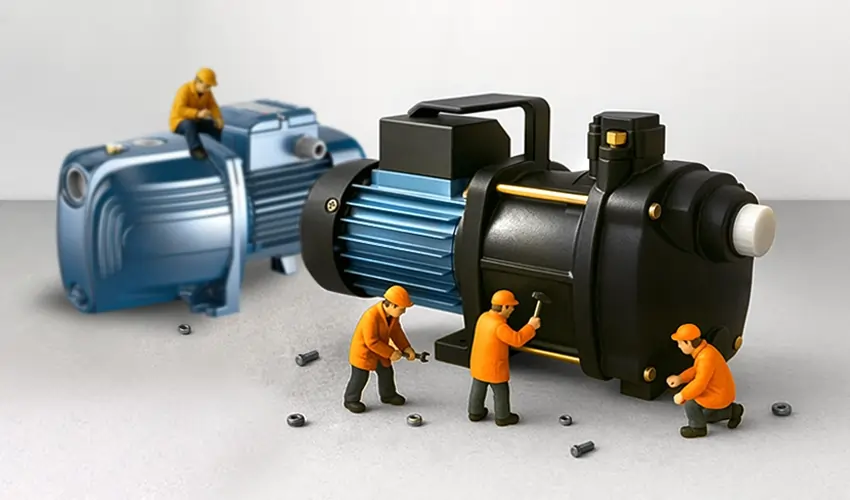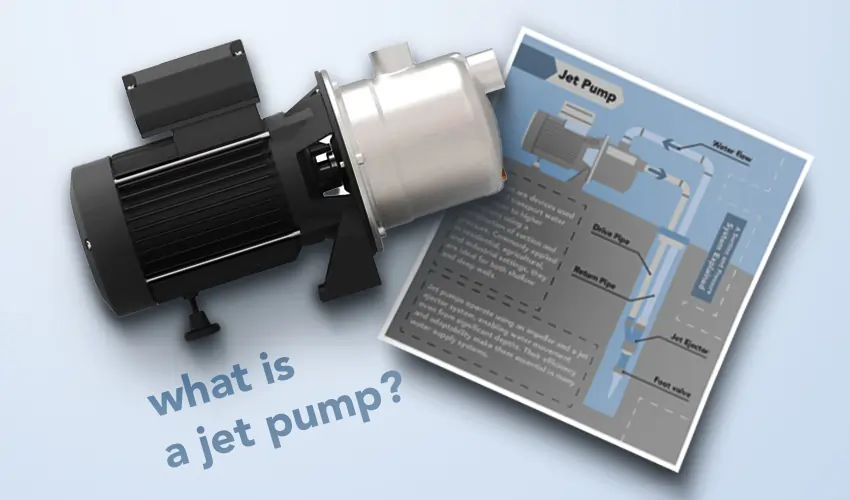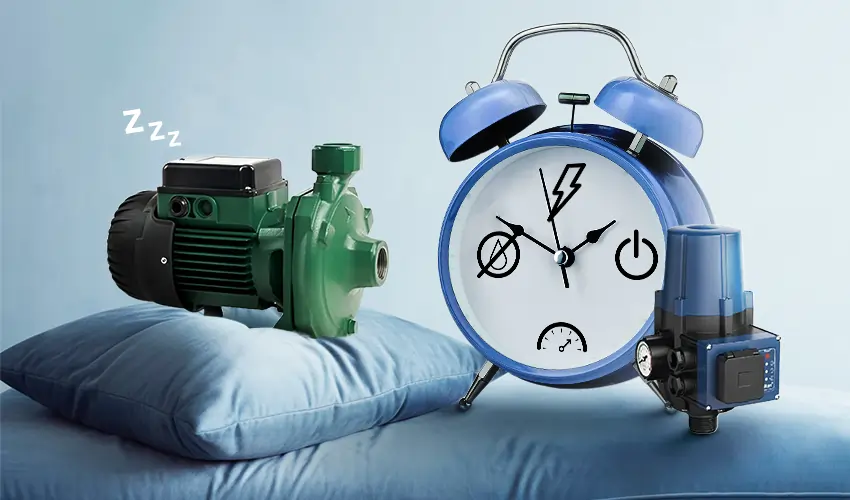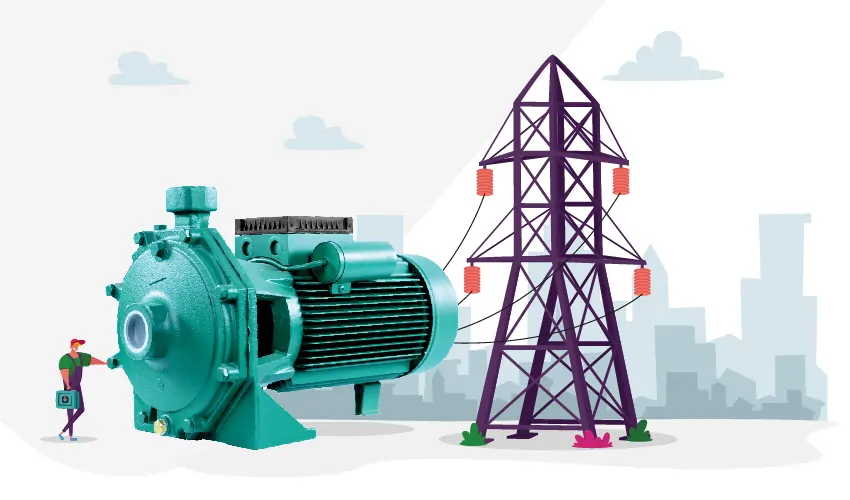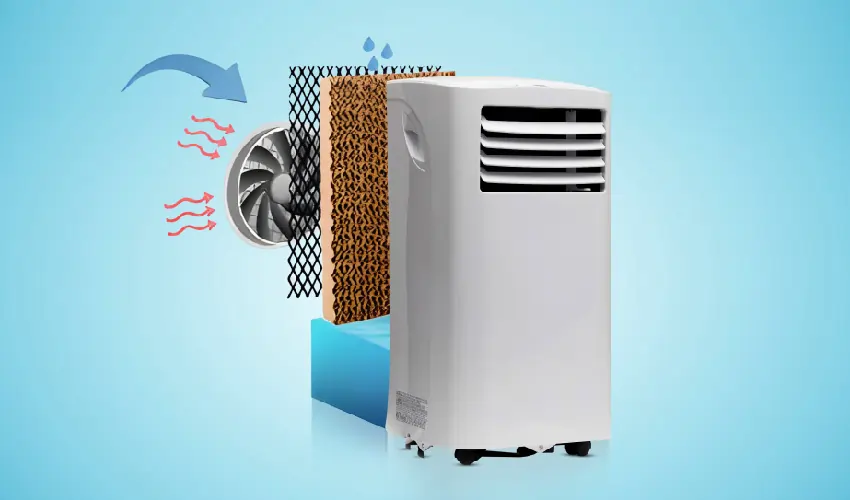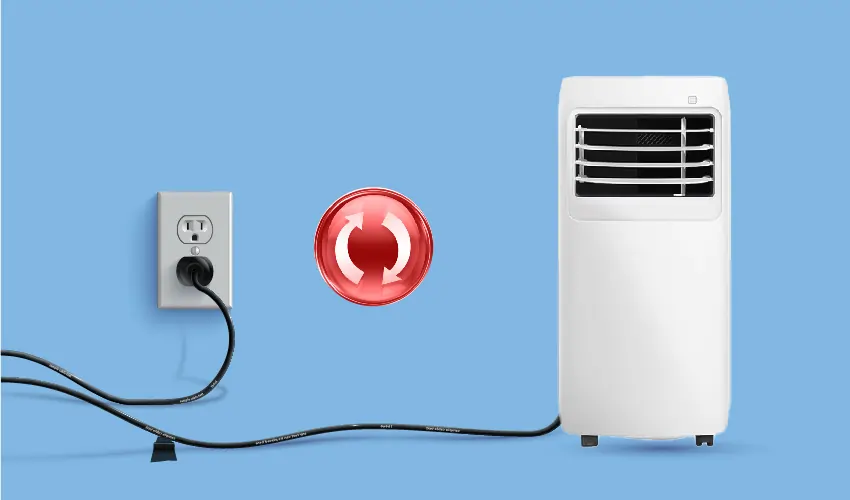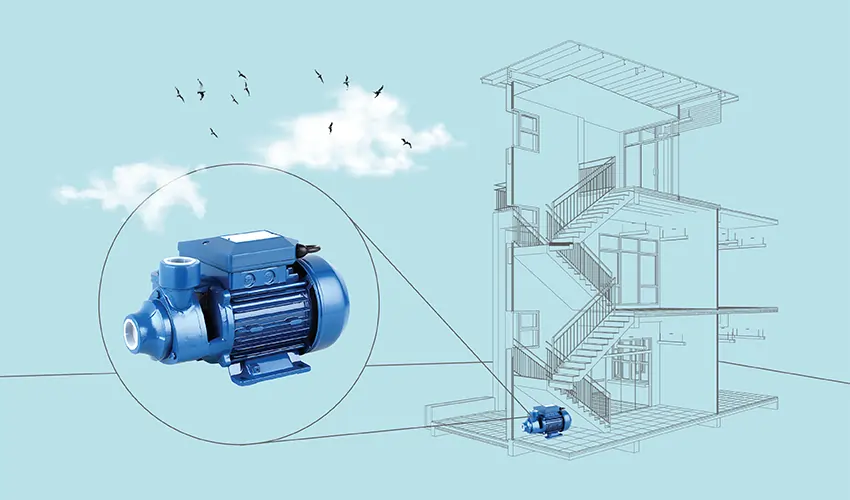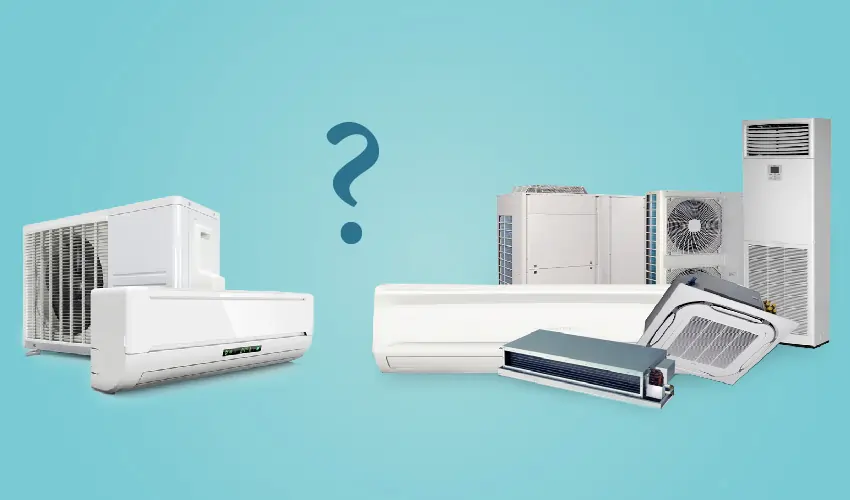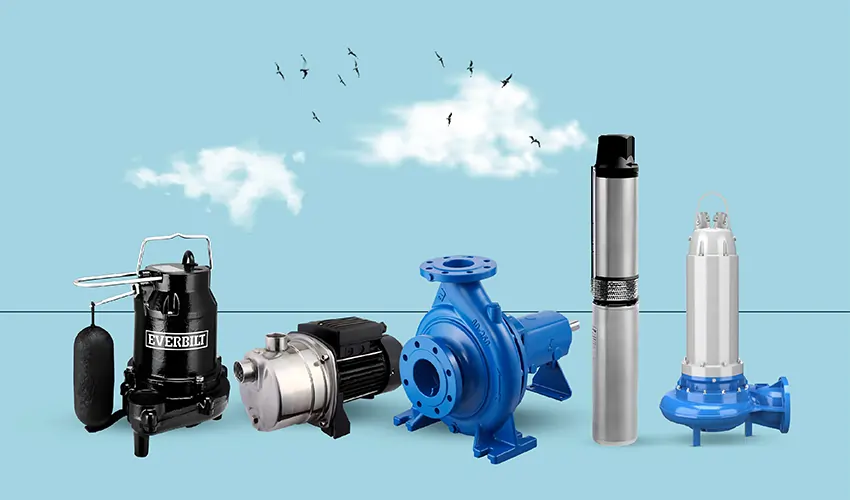Differences Between VRF AC and Split AC
If you don’t know about difference between VRF ac and split ac, in this article we argue about this important topic.
Is a VRF AC the same as split AC?
Here are the key differences between the two:
- Technology and Operation:
- Split AC: A split air conditioning system consists of two main components: an indoor unit and an outdoor unit. The indoor unit is typically installed inside the room, and the outdoor unit is placed outside. The two units are connected by refrigerant pipes, and the system uses a fixed refrigerant flow for cooling.
- VRF AC: A Variable Refrigerant Flow system, on the other hand, is a more advanced and flexible technology. It can vary the refrigerant flow rate to the different indoor units based on the cooling or heating requirements of each zone. VRF systems can provide simultaneous heating and cooling to different parts of a building.
- Capacity Control:
- Split AC: Typically, split ACs have fixed or stepped capacity control. The compressor operates at a fixed capacity, and the system turns on and off as needed to maintain the desired temperature.
- VRF AC: VRF systems offer variable capacity control. The compressor adjusts its speed to match the load requirements, allowing for more precise control and energy efficiency. This also enables individualized temperature control in different zones.
- Zoning:
- Split AC: While multi-split systems allow for multiple indoor units to be connected to a single outdoor unit, the control over each indoor unit may be limited.
- VRF AC: VRF systems excel in zoning capabilities. They can serve multiple indoor units simultaneously, each with individual temperature control. This makes VRF systems suitable for buildings with diverse cooling and heating needs.
- Installation Complexity:
- Split AC: Installation is generally simpler for split systems, especially for smaller applications with a single indoor unit.
- VRF AC: VRF systems can be more complex to install due to the additional refrigerant piping and the need for a more sophisticated control system. However, they offer more flexibility and scalability.
How does a VRF AC work?
A Variable Refrigerant Flow (VRF) air conditioning system is a sophisticated HVAC technology that provides efficient heating and cooling by dynamically adjusting the flow of refrigerant to different zones within a building. Here’s a general overview of how a VRF AC system works:
- Components:
- Outdoor Unit (Condensing Unit): The outdoor unit contains the compressor, condenser, and sometimes an expansion valve. This unit is responsible for pumping and pressurizing the refrigerant.
- Indoor Units (Fan Coil Units): Multiple indoor units, often referred to as fan coil units, are installed in different zones or rooms within the building. Each indoor unit has its own coil and fan for air distribution.
- Refrigerant Pipes: Refrigerant pipes connect the outdoor unit to the indoor units, forming a closed loop for the refrigerant to circulate.
- Variable Refrigerant Flow Control:
- The key feature of a VRF system is its ability to vary the flow of refrigerant based on the heating or cooling requirements of each zone. This is achieved through the use of variable-speed compressors in the outdoor unit.
- When a zone requires cooling, the VRF system increases the flow of refrigerant and adjusts the compressor speed accordingly. Conversely, when heating is needed, the system decreases the refrigerant flow.
- Zoning and Individual Control:
- VRF systems offer precise zoning and individual control. Each indoor unit can operate independently, allowing for different temperature settings in various zones simultaneously.
- The system uses electronic expansion valves to regulate the flow of refrigerant to each indoor unit based on the specific demands of that zone.
- Heat Recovery Capability:
- Many VRF systems have a heat recovery capability, allowing them to simultaneously provide heating and cooling to different zones within the building. In this mode, excess heat from areas requiring cooling is transferred to spaces that need heating.
- Communication and Control:
- VRF systems are equipped with sophisticated control systems that use sensors and feedback mechanisms to monitor the temperature in each zone. The control system communicates with the outdoor unit and indoor units to adjust the refrigerant flow and compressor speed dynamically.
- Energy Efficiency:
- The variable-speed operation and the ability to recover and redistribute heat contribute to the energy efficiency of VRF systems. By matching the output to the actual demand, these systems can achieve higher efficiency levels compared to traditional HVAC systems.
How does an split AC work?
A split air conditioning (AC) system is a common type of HVAC (Heating, Ventilation, and Air Conditioning) system that consists of two main components: an indoor unit and an outdoor unit. Here’s a simplified explanation of how a split AC system works:
- Components:
- Indoor Unit (Evaporator): The indoor unit is typically located inside the room or space that needs to be cooled. It consists of the evaporator coil, a blower fan, and the air filter. The evaporator coil contains cold refrigerant.
- Outdoor Unit (Condenser): The outdoor unit is installed outside the building. It contains the compressor, condenser coil, and a fan. The compressor pressurizes the refrigerant, and the condenser coil releases heat to the external environment.
- Refrigerant Lines: Copper tubes connect the indoor and outdoor units, forming a closed loop for the flow of refrigerant.
- Refrigeration Cycle:
- The split AC system operates on the principles of the refrigeration cycle. The refrigerant circulates between the indoor and outdoor units, undergoing phase changes to absorb and release heat.
- The cycle begins with the compressor in the outdoor unit, which compresses the low-pressure, low-temperature gaseous refrigerant into a high-pressure, high-temperature state.
- The hot, pressurized refrigerant then flows to the condenser coil in the outdoor unit. The fan in the outdoor unit expels heat from the refrigerant, causing it to condense into a high-pressure liquid.
- The liquid refrigerant moves through the refrigerant lines to the indoor unit, where it passes through the expansion valve. This valve reduces the pressure, causing the refrigerant to evaporate and absorb heat from the indoor air.
- The now low-pressure, low-temperature gaseous refrigerant returns to the outdoor unit to repeat the cycle.
- Cooling Process:
- The indoor fan blows air over the evaporator coil, where the cold refrigerant absorbs heat from the indoor air. This process cools the air, and the fan then circulates the cooled air back into the room.
- As the indoor air loses heat to the refrigerant, the refrigerant evaporates and carries the absorbed heat back to the outdoor unit for release.
- Thermostat Control:
- The temperature in the room is controlled by the thermostat, which communicates with the system to regulate the compressor and maintain the desired temperature.
- Air Filtration:
- The air filter in the indoor unit helps remove dust, particles, and allergens from the circulating air, improving indoor air quality.
Pros and cons of VRF AC
Variable Refrigerant Flow (VRF) air conditioning systems offer several advantages, but they also have some drawbacks. Here are the pros and cons of VRF AC systems:
Pros:
- Energy Efficiency:
- VRF systems are known for their energy efficiency due to variable-speed compressors that match the system’s capacity to the current load. This leads to reduced energy consumption compared to traditional HVAC systems.
- Individualized Control:
- VRF systems provide individualized control over each indoor unit, allowing different zones within a building to have customized temperature settings. This is particularly beneficial for spaces with varying cooling and heating needs.
- Simultaneous Heating and Cooling:
- Many VRF systems have the capability for heat recovery, allowing them to provide both heating and cooling simultaneously to different zones within the building. This feature enhances overall system efficiency.
- Zoning Flexibility:
- VRF systems support zoning, enabling precise control over temperature in different areas of a building. This flexibility is beneficial for large or multi-use spaces.
- Quiet Operation:
- VRF systems often operate more quietly than traditional HVAC systems, contributing to a more comfortable and less disruptive indoor environment.
- Space Efficiency:
- VRF systems typically have smaller and more compact indoor units, saving space in both residential and commercial settings.
- Design Flexibility:
- The flexibility of refrigerant flow and the ability to connect multiple indoor units to a single outdoor unit make VRF systems adaptable to various building designs and layouts.
- Modern and Aesthetically Pleasing Indoor Units:
- VRF indoor units are available in various styles and designs, providing options that blend well with interior aesthetics.
Cons:
- Installation Complexity:
- The installation of VRF systems can be more complex than traditional HVAC systems, requiring specialized training and skills. This can lead to higher installation costs.
- Initial Cost:
- The initial cost of VRF systems is often higher compared to traditional HVAC systems. While energy savings over time may offset this cost, it can be a barrier for some budget-conscious consumers.
- Maintenance and Repairs:
- Maintenance and repairs for VRF systems may require specialized technicians, and replacement parts can be more expensive. Regular maintenance is crucial for optimal performance.
- Limited Retrofit Options:
- Retrofitting existing buildings with VRF systems can be challenging and may not be as cost-effective as with traditional systems.
- Refrigerant Concerns:
- VRF systems use refrigerants, and the environmental impact of these refrigerants is a consideration. Some refrigerants used in VRF systems may have high global warming potential (GWP), and there is an industry trend toward using more environmentally friendly options.
- Dependency on Electrical Power:
- VRF systems rely on electricity, and in regions with unreliable power infrastructure, this dependency may pose a concern.
Pros and cons of split AC
Split air conditioning (AC) systems are a popular choice for both residential and commercial applications with different types which we talked about in the article “Split air conditioner types“. Here are the pros and cons of split AC systems:
Pros:
- Easy Installation:
- Split AC systems are relatively easy to install compared to more complex HVAC systems. They don’t require ductwork, making them suitable for both new and existing structures.
- Affordability:
- Split AC systems are often more affordable, both in terms of initial purchase and installation costs, when compared to more sophisticated HVAC systems.
- Individual Room Control:
- With a split system, individual units can be installed in different rooms or zones, providing control over the temperature in each space. This can lead to energy savings by only cooling or heating occupied areas.
- Energy Efficiency:
- Many modern split AC units come with energy-efficient features such as inverter technology, which adjusts the compressor speed based on the cooling load. This leads to energy savings and improved efficiency.
- Quiet Operation:
- Split AC systems tend to operate quietly, with the noisy components (such as the compressor and condenser) located in the outdoor unit.
- Compact Design:
- The indoor unit of a split AC is usually compact and can be mounted high on a wall or suspended from a ceiling, saving floor space.
- Ease of Maintenance:
- Split AC systems are generally easy to maintain. The air filters are accessible and can be cleaned or replaced regularly.
Cons:
- Limited Zoning:
- While individual units provide some control over specific zones, split AC systems may not offer the same level of zoning flexibility as more advanced systems like VRF. Zoning is typically achieved by installing multiple indoor units connected to a single outdoor unit.
- Aesthetic Impact:
- The indoor unit, though compact, is visible in the room, and some people may find its appearance less appealing. Concealing or integrating the unit into the room design may require additional effort.
- Dependency on Outdoor Conditions:
- The efficiency of a split AC system can be affected by outdoor temperature and weather conditions. Extreme temperatures or heavy rainfall may impact performance.
- Limited Capacity:
- Split AC units are suitable for cooling or heating individual rooms or small spaces. For larger buildings or multi-zone applications, additional units may be needed, which can increase the overall cost.
- Installation Location Constraints:
- The indoor and outdoor units must be installed within a certain proximity of each other, and finding suitable locations for both can sometimes be challenging in certain architectural configurations.
- Cooling or Heating Imbalance:
- In cases where there is a significant temperature difference between rooms, achieving a uniform level of cooling or heating throughout the entire space may be challenging.
What is the differences of VRF AC and split AC?
VRF (Variable Refrigerant Flow) AC and split AC are both types of air conditioning systems, but they differ in terms of technology, capacity control, zoning capabilities, and overall application. Here are the key differences between VRF AC and split AC:
- Technology:
- Split AC: A split air conditioning system consists of two main components: an indoor unit (evaporator) and an outdoor unit (condenser). The indoor and outdoor units are connected by refrigerant pipes, and the system operates using a fixed refrigerant flow.
- VRF AC: A VRF system, on the other hand, uses advanced technology with variable-speed compressors that allow for variable refrigerant flow rates. This enables the system to dynamically adjust the amount of refrigerant sent to each indoor unit, providing more precise control over temperature and energy efficiency.
- Capacity Control:
- Split AC: Split systems usually have fixed or stepped capacity control. The compressor operates at a fixed capacity, and the system turns on and off as needed to maintain the desired temperature.
- VRF AC: VRF systems offer variable capacity control. The compressor adjusts its speed to match the cooling or heating demands of each zone, providing more efficient and precise temperature control.
- Zoning Capabilities:
- Split AC: While multi-split systems allow for multiple indoor units to be connected to a single outdoor unit, the control over each indoor unit may be limited. Zoning is not as flexible as in VRF systems.
- VRF AC: VRF systems excel in zoning capabilities. They can serve multiple indoor units simultaneously, each with individual temperature control. This makes VRF systems suitable for buildings with diverse cooling and heating needs in different zones.
- Simultaneous Heating and Cooling:
- Split AC: Most split systems provide either cooling or heating at any given time. Simultaneous heating and cooling are not typically supported.
- VRF AC: Many VRF systems have a heat recovery capability, allowing them to provide both heating and cooling simultaneously to different zones within a building. This contributes to increased energy efficiency.
- Installation Complexity:
- Split AC: Installation is generally simpler for split systems, especially for smaller applications with a single indoor unit.
- VRF AC: VRF systems can be more complex to install due to the additional refrigerant piping and the need for a more sophisticated control system. However, they offer more flexibility and scalability.
- Application and Scale:
- Split AC: Typically used for smaller residential or commercial applications where individual room control is sufficient.
- VRF AC: Suited for larger commercial buildings where precise temperature control, energy efficiency, and zoning capabilities are crucial.
FAQ
| When is a VRF AC the better choice? | VRF AC is a better choice when precise temperature control, energy efficiency, zoning flexibility, and simultaneous heating and cooling are essential, especially in larger commercial buildings with diverse cooling and heating requirements in different zones. |
| When is a split AC the better choice? | Split AC is a better choice for smaller residential or commercial applications where simplicity, cost-effectiveness, and individual room control are priorities. |
| What are the maintenance requirements for VRF AC and split AC | Maintenance requirements for VRF AC and split AC include regular cleaning of filters, checking refrigerant levels, inspecting coils, and ensuring proper functioning of fans and compressors. Professional maintenance is recommended for both systems at least once a year. |

